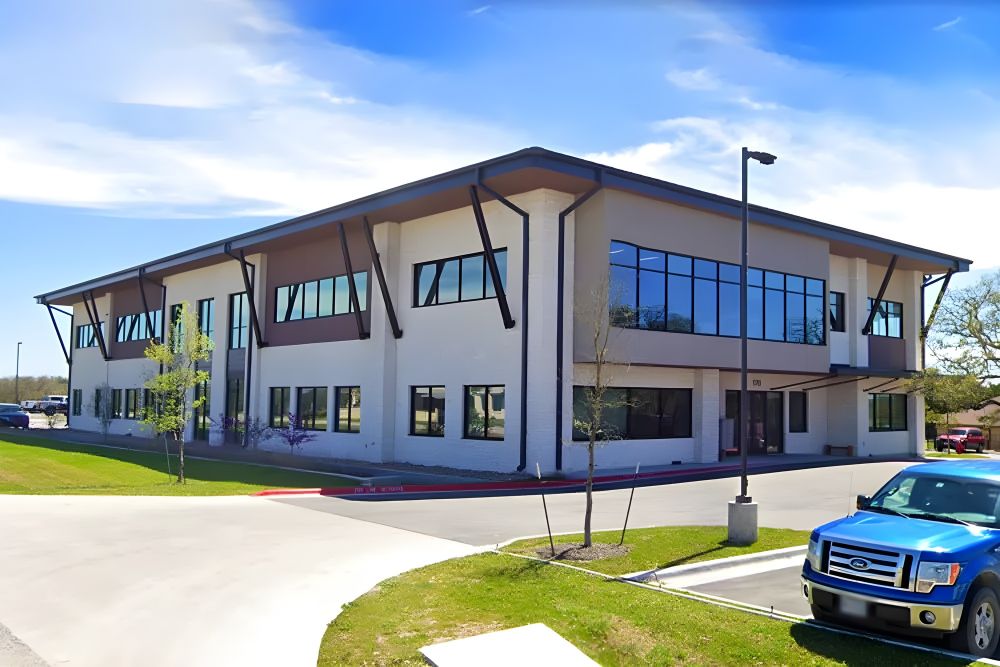Medial Branch Blocks for Diagnosing and Treating Facet Joint Pain
August 8, 2025
.png)
Facet joint pain can significantly affect your mobility and quality of life. Whether you're struggling with persistent neck pain or lower back pain, understanding the source is essential to finding effective relief. One advanced tool pain specialists use to both diagnose and treat this type of discomfort is the medial branch block (MBB). In this blog post, we’ll explore what medial branch blocks are, how they work, and whether they may be right for you.
Understanding Facet Joint Pain
Your spine is made up of small joints called facet joints that connect each vertebra. These joints allow you to twist, bend, and maintain stability. Over time, they can become irritated or damaged due to age, injury, or arthritis, leading to inflammation and pain.
Facet joint pain typically feels like a dull ache or stiffness in the lower back, mid-back, or neck. The pain often worsens with certain movements like twisting, standing for long periods, or leaning backward. Because facet joint pain can resemble other types of spine-related discomfort, a precise diagnosis is essential.
What Is a Medial Branch Block?
A medial branch block is a minimally invasive procedure used to identify and sometimes treat facet joint pain. The "medial branch" refers to a small nerve that sends pain signals from the facet joints to the brain. By injecting a small amount of local anesthetic near these nerves, your physician can determine if the facet joints are the true source of your pain.
Diagnostic Use of a Medial Branch Block
The primary role of an MBB is to confirm whether the facet joints are responsible for your discomfort. The procedure is guided by fluoroscopy, a live X-ray, to ensure precise placement of the needle. Once the anesthetic is injected, patients typically report whether they experience relief within minutes to hours. If your pain improves significantly during this time, it strongly suggests that the targeted facet joints are the source.
This diagnostic clarity helps avoid unnecessary treatments and provides a clear path forward.
Using Medial Branch Blocks to Treat Pain
Beyond diagnosis, medial branch blocks can offer short-term pain relief. In some cases, physicians add a small amount of steroid medication to reduce inflammation around the affected nerves. This can provide comfort while preparing for a longer-term solution, such as physical therapy or radiofrequency ablation.
Comparing MBBs to Other Pain Treatments
Unlike general back injections or nerve blocks, medial branch blocks target a very specific area of the spine. This precision makes them especially valuable in pain management. While the relief from an MBB may only last a few hours to a few days, it provides essential information that can shape your entire treatment plan.
What to Expect from the Procedure
You do not need extensive preparation for a medial branch block. The procedure usually takes less than 30 minutes and is performed on an outpatient basis. Using a local anesthetic and imaging guidance, your doctor will inject the medication near the affected medial branch nerves.
After the injection, you’ll be asked to move around and perform activities that normally trigger your pain. If you notice a significant reduction in discomfort, the facet joints are likely involved. Most patients can return to normal activities shortly after the procedure.
When Radiofrequency Ablation Is the Next Step
If your medial branch block provides temporary relief, you may be a candidate for radiofrequency ablation (RFA). This procedure uses heat to disable the medial branch nerves responsible for sending pain signals. The relief from RFA can last for several months or even years.
Medial branch blocks are a critical step in determining whether RFA is likely to be effective.
Who Should Consider a Medial Branch Block?
You may be a good candidate for a medial branch block if:
- You have chronic neck pain or back pain
- Imaging has ruled out other causes, such as herniated discs
- Conservative treatments like medication or physical therapy have not provided relief
Working with a board-certified pain specialist ensures the procedure is both safe and tailored to your needs.
Why Choose Greater Austin Pain Center for MBBs
At Greater Austin Pain Center, we take a personalized approach to pain relief. Our team uses advanced diagnostic tools like medial branch blocks to identify the root cause of your discomfort. From diagnosis to treatment, we develop customized plans that support long-term recovery.
We understand that every patient's pain is different, and we're committed to helping you find answers and lasting solutions.
Take the Next Step Toward Relief with Greater Austin Pain Center
Medial branch blocks offer a clear, effective way to diagnose and treat facet joint pain. Whether you're just beginning your journey or looking for a second opinion, Greater Austin Pain Center is here to help.
We treat patients in Austin, Dripping Springs, San Marcos, Kyle, and the Greater Austin area with compassionate, expert care.
Contact us today to schedule a consultation and learn whether a medial branch block could be the key to reducing your pain and restoring your quality of life.

















